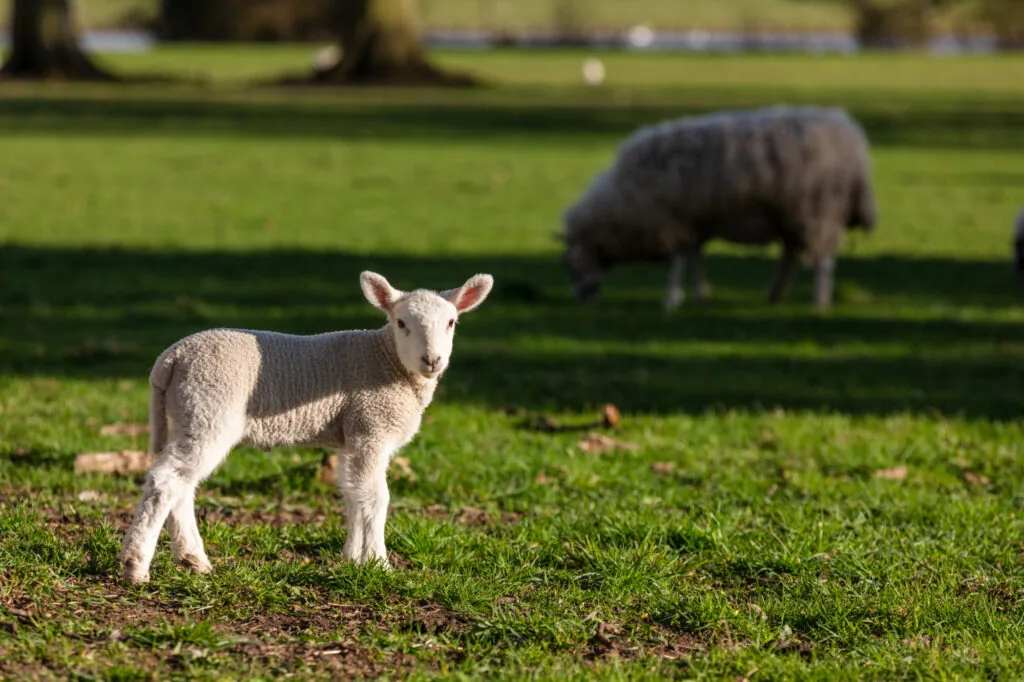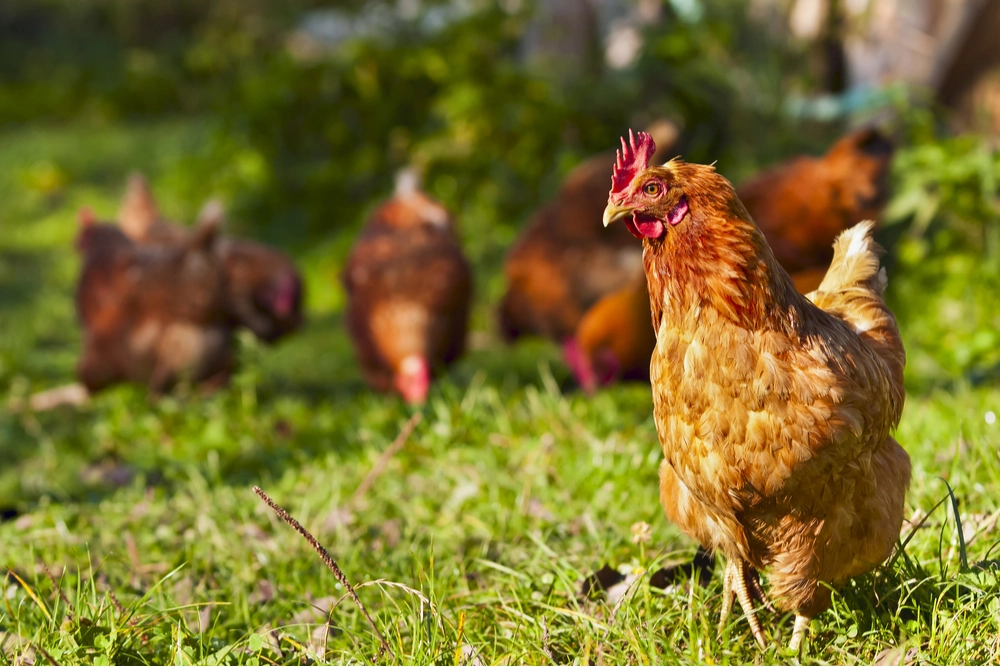
Update: Changes to AHA tenancy succession rules


This week, the long-awaited changes to the Agricultural Holdings Act 1986 (AHA 1986) succession rules have come into force in England and Wales. These are the last of the phased approach changes on the rules of succession under the AHA 1986 made by the Agriculture Act 2020.
Earlier this year we published an article, which highlighted some key points to consider when succession planning and set out how the eligibility tests for succession were changing. In this article, we provide an important reminder of the headline changes that came into force on the 1 September 2024.
The revised test
Eligibility test
The commercial unit test has now been abolished and replaced by the following two tests:
1. Close living relative test - The potential successor must be a close living relative of the outgoing tenant, which requires the applicant to be the outgoing tenant's spouse, civil partner, child, sibling, or a person treated as the outgoing tenant's child.
2. Principal source of livelihood test - The potential successor must show that in at least five of the last seven years of the outgoing tenant's tenancy, they derived their only or principal source of livelihood from their agricultural work on the holding (or an agricultural unit which the holding forms part of). In the case of an application for succession on the death of the outgoing tenant (but importantly not in the case of retirement), if the potential successor does not strictly satisfy this test but does so to a material extent then they can ask the Tribunal to treat them as if they have satisfied this test.
Suitability test
If the potential successor satisfies the eligibility test, they must then prove that they are suitable to become the tenant of the holding taking into account all relevant matters, including the applicant's experience, training, skills, financial standing, capability and capacity to farm the holding commercially "taking into account the need for high standards of efficient production and care for the environment", the character, situation and condition of the holding and the terms of the tenancy. A potential successor must demonstrate that if the tenancy was available on the open market, then they are of a standard that means a prudent landlord would be willing to shortlist them for the tenancy. Whilst the Tribunal must consider all relevant matters, it must also disregard certain specific factors such as the applicant's age.
Key points to consider
Careful succession planning is crucial for the success of many agricultural businesses, and particularly for those where the family farm is occupied pursuant to an AHA tenancy. For AHA tenants and their potential successors, it is vital that careful plans are made early on to maximise the potential successor's chances of successfully applying for a succession tenancy when the current tenant dies or retires - particularly as, despite the best laid plans, that moment can arrive suddenly and without warning.
It is therefore important that current AHA tenants and their potential successors consider as early as possible whether the potential successor already meets the necessary succession tests; or, if not, puts in place a plan which enables them to reach a point where they do satisfy those tests as soon as possible.
How we can help
Whether you are an AHA tenant or landlord it is important to start thinking about these changes now. We have a team of experts who can advise on potential succession applications, and it is important to keep in mind that if a tenant dies or serves a retirement notice you should seek legal advice without delay as there are strict time limits within which specific action must be taken to protect the position for both the landlord and tenant. For further guidance and advice on these changes, please contact a member of the team below.














